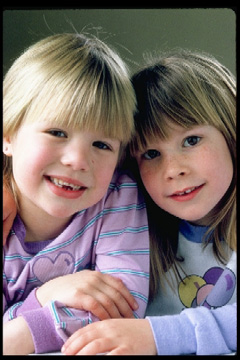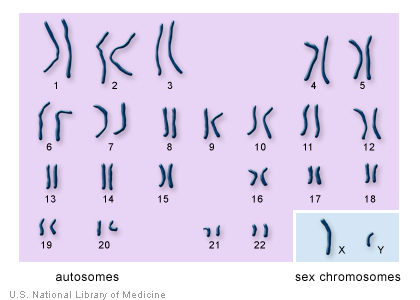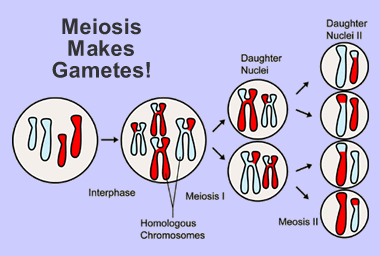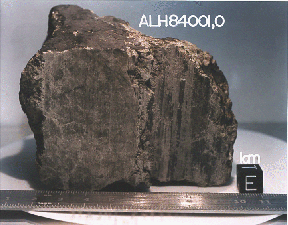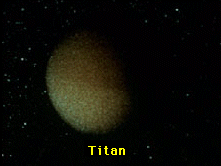Click on image for full size
Courtesy of Corel
Patterns of Inheritance
Aunt Maggie says you have your father's eyes.
Grandma says you have your mother's smile.
Could you actually have the traits from these other people? If you are genetically related to them then yes, you could. Half of your genes are from your mother and half are from your father. But you might look more like one of them than the other. Why is that? Genes are shuffled during meiosis, bringing together different mixes of genes in each gamete. Thus, your brother might look more like one of your parents while you look more like the other.
Within each of the trillions of cells in your body are chromosomes. Chromosomes come in pairs. You got one chromosome of each pair from your mother and one from your father. Along each chromosome are genes, one for each trait. This means that you have two copies of each gene, one from your mother and one from your father. Both genes of a pair deal with the same trait, but they might differ in their information about it. For instance, one gene for eye color might say blue while the other one says brown.
- If the two genes are actually the same, for instance, if both genes give instructions for blue eyes, then the genes are called homozygous.
- If the two are different, for instance, if one is for blue eyes and the other is for brown eyes, then the genes are called heterozygous.
In a heterozygous situation, the two genes have different instructions. Often one of those genes wins out and its instructions are carried out (that's called the dominant gene). The other one is still present but its instructions are not carried out (that's called a recessive gene). As a custom, people designate dominant genes with uppercase letters and lowercase genes with lowercase letters. For example gene "A" is dominant and gene "a" is recessive.
The genes of an individual are called its geneotype. They
determine what it will look like, which is called its phenotype!


